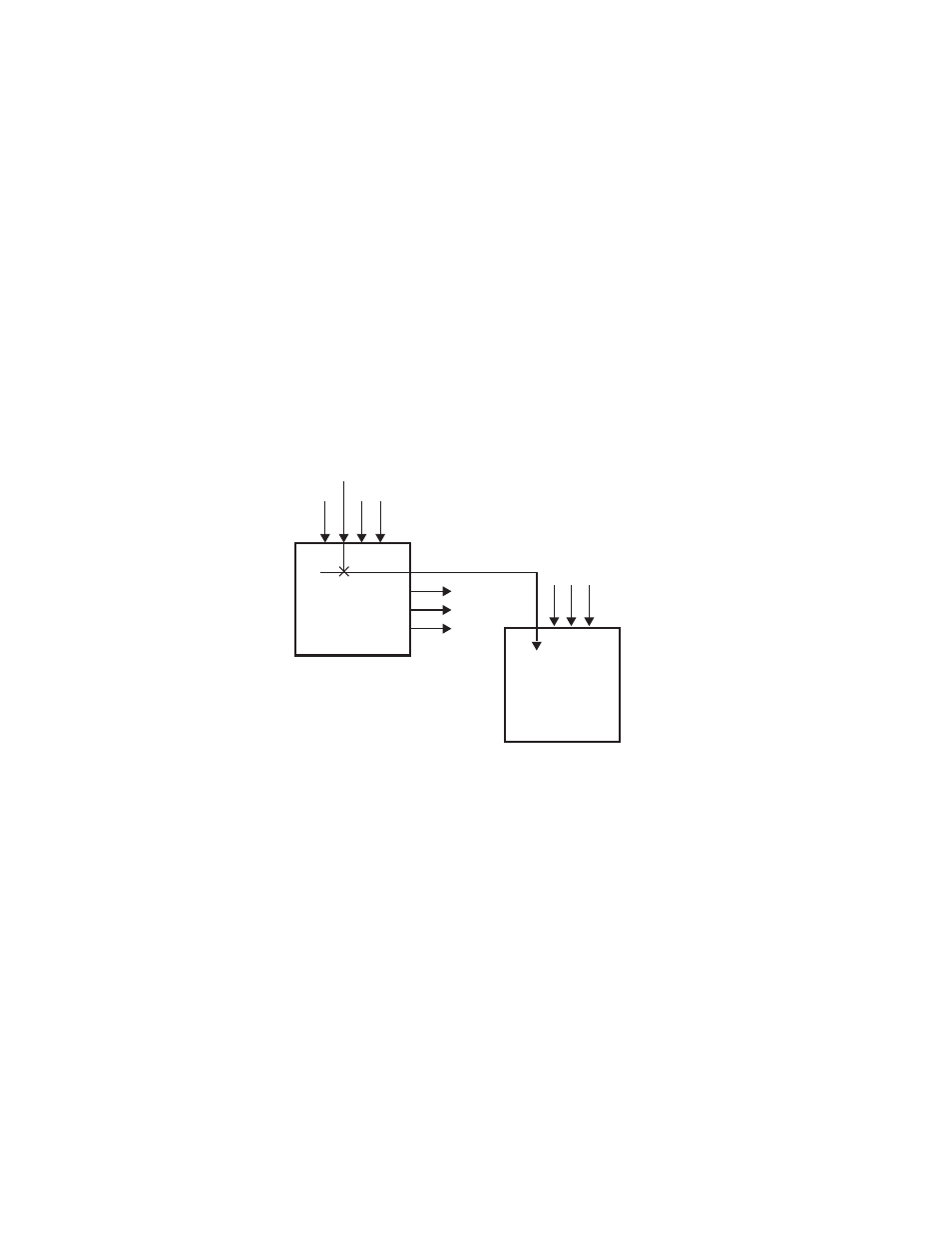Router interface operation, Introduction – Grass Valley Kayenne v.3.0 User Manual
Page 348

348
KAYENNE — User Manual
Section 3 — System Operation
Router Interface Operation
Introduction
The Kayenne system can interface with an external routing system. A
routing system connects a router source (router input) to a router destination
(router output). Changing the router source sends a different signal to the
destination (called a take). A router destination can in turn be connected to
a Kayenne input and be configured as a routed Kayenne source (called
switcher source in this discussion and in the Kayenne menus). The router
acts as a pre-selector for the switcher source, and so increases the number
of inputs available to a button on a Kayenne system bus (
Figure 224. Router Source, Router Destination, and Routed Kayenne Source
Router signal switching is non-deterministic, as compared to source selec-
tions performed on a production switcher. For this reason, it is better to
choose the desired router source in advance, then switch it on-air using
switcher controls, rather than select a different router source while it is on-
air.
An external router can be configured into levels, to allow the switching of
multiple signals simultaneously. For example, video signals can be orga-
nized on one level, and key signals on another. By specifying both levels
when giving a router take command, both the video and key signals of a
source will be routed to their destinations.
Note
Kayenne system router take commands are only applied to all router
levels.The external routing system’s destinations must be configured with all
router levels selected.
Router
Inputs
Router
Outputs
Router
Source
Router
Destination
8623267_16
External Router
Kayenne
Inputs
Routed
Kayenne
Source
Kayenne System
